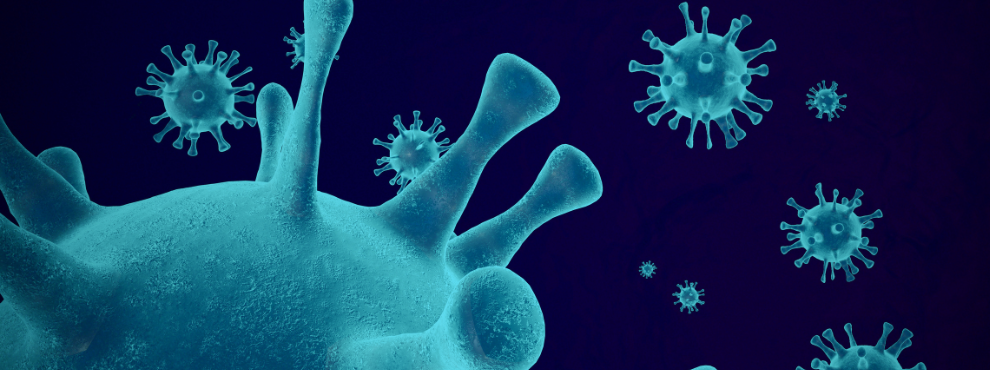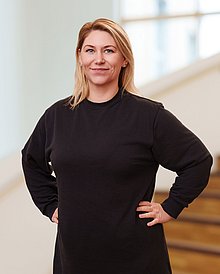Better care for children with rare diseases
Children and young people with rare diseases have many contacts and points of contact. This creates stress and friction. A new project aims to improve their care.

Diabetes, high blood pressure, back problems: They are known as common diseases, and the first port of call is the family doctor. But what happens when you suffer from a so-called "rare disease"? One that affects no more than five in 10,000 people? One that is therefore little researched and for which there are therefore only a few treatment approaches? And what if such a rare disease affects a child? A new project led by Prof. Boris Zernikow (Head of Paediatric Palliative Medicine and German Paediatric Pain Centre, Vestische Kinder- und Jugendklinik Datteln - University of Witten/Herdecke) and Prof. Corinna Grasemann (Head of the Centre for Rare Diseases Ruhr - CeSER, University Clinic for Paediatrics and Adolescent Medicine at the Catholic Hospital Bochum - Ruhr University Bochum) aims to improve the care of people with rare diseases. The Innovation Committee of the Joint Federal Committee is funding the project.
Around four million people in Germany suffer from a rare disease. "Rare" means that no more than five in 10,000 people are affected by the disease. However, the number of possible diseases is all the higher: more than 6,000 rare diseases are known in total. Children, adolescents and young adults also have rare diseases. For them, special questions arise regarding the treatment of the disease, their care and looking to the future.
Five university hospitals with centres for rare diseases in Augsburg, Bochum, Datteln, Dresden and Würzburg are now testing new approaches to the care of children and young people with rare diseases. The project, called B(e) NAMSE, aims to noticeably and measurably improve the quality of care - through closer integration of processes, for example through the use of telemedicine and better transfer of patients from paediatricians to adult medicine - known as transition.
"A rare disease means that patients sometimes have to see many contact persons and points of contact, with all the effort and friction that this entails," says Boris Zernikow, explaining the basic idea behind the project: "We want to better integrate all these processes, bring the experts together digitally and plan further treatment together with our patients and their families." In future, doctors, psychologists and case managers will work together in the case conferences, explains Corinna Grasemann: "We will not only discuss diagnostics and treatment there, but also plan training for those affected and their families on how to deal with the disease - both in person and via telemedicine."
The new processes will be scientifically monitored: Witten/Herdecke University and the non-profit research company PedScience from Datteln are investigating whether the quality of care will improve as a result of the new approach. They will also examine how families and carers experience the new form of care and how much it costs.
Other B(e) NAMSE project partners are Techniker Krankenkasse, Barmer, AOK PLUS, AOK Bayern, Mobil Krankenkasse, the University Medical Centre Hamburg-Eppendorf (UKE) and the Institute for Medical Informatics at the University Medical Centre Frankfurt. The Alliance of Chronic Rare Diseases (ACHSE) e.V. is contributing the patient perspective.
The project is being funded by the Innovation Committee of the Joint Federal Committee with around 8.8 million euros over a period of 3 ½ years.
Further information:
The project name B(e) NAMSE contains three elements. The designation "B", the English word "be" (German: sein) and the designation NAMSE for the National Action Alliance for People with Rare Diseases. NAMSE is a coordination and communication body with the aim of improving patient care for people with rare diseases. NAMSE is an alliance between the Federal Ministry of Health (BMG), the Federal Ministry of Education and Research (BMBF) and ACHSE e.V. (Alliance of Chronic Rare Diseases) with 25 alliance partners. NAMSE pools existing initiatives, networks researchers and doctors and brings together information. Since 2014, the care of rare diseases has been based on a three-stage centre model. The implementation of the NAMSE type A centres in standard care, including certification and funding, is well underway. The possible multi-professional working method of the NAMSE type B centres is being tested and scientifically evaluated in the "be namse" (B(e) NAMSE) project.
Photos for download
Contact person

Svenja Malessa
Press Officer
Administration | Communication & Marketing
Alfred-Herrhausen-Straße 48
58455 Witten
Room number: 2.F05

